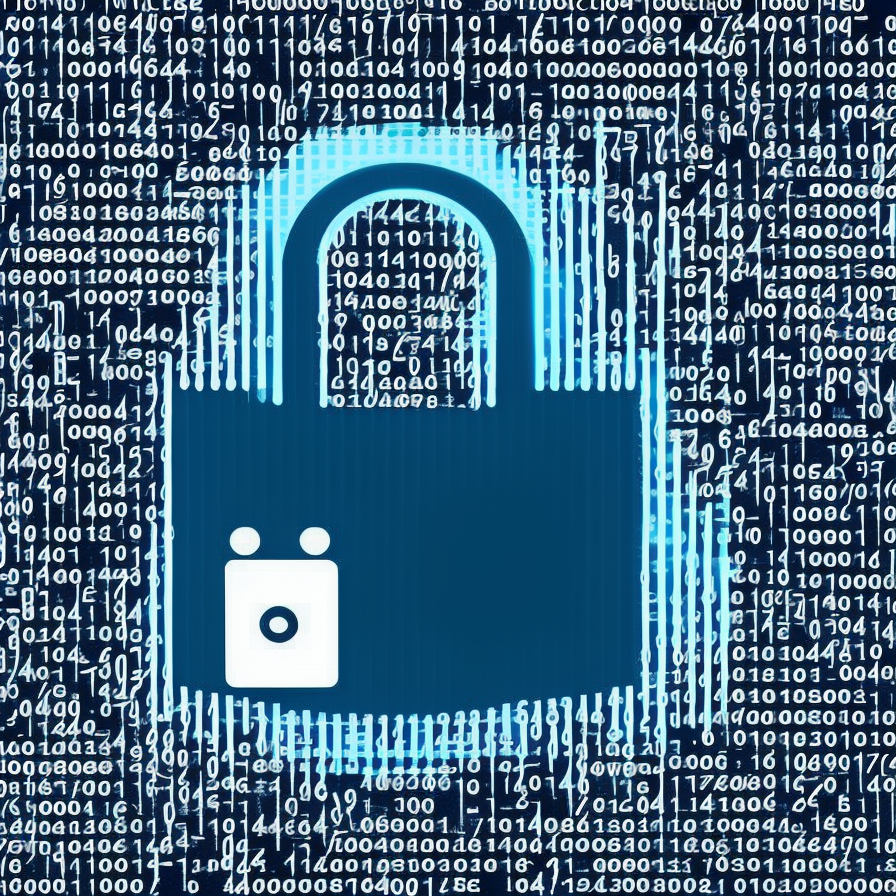When it comes to computer security, file hashes are an important tool in the fight against malware and other types of cyber threats.
In this article, we’ll take a closer look at what file hashes are, how they work, and why they’re used.
What is a file hash?
At its simplest, a file hash is a unique code that’s generated by a mathematical algorithm to represent a file. Some of the most commonly used hash functions include MD5, SHA-1, and SHA-256.
The hash value is a fixed length, regardless of the size of the file being hashed and can then be used to identify the file, without having to use the full file.
This code is sometimes referred to as a “checksum,” “digital fingerprint,” or “hash value.”
File hashes are typically represented as a string of letters and numbers, and they’re designed to be practically impossible to predict or replicate.
The slightest change in a file’s content or metadata will result in a completely different hash value.
For example, here’s an example of the MD5 hash value for the Windows operating system’s “notepad.exe” file:
MD5: ed773b9c13b50f19c1d6a8ff6cdded6d
Note that this hash value is unique to the specific version and content of the “notepad.exe” file. Any changes to the file would result in a different hash value being generated.
When are file hashes used?
File hashes are used in a variety of ways in cybersecurity:
- Verifying file integrity: When you download a file from the internet, you can generate a hash value for the file and compare it to the hash value provided by the website. If the two values match, you can be reasonably certain that the file hasn’t been tampered with.
- Detecting malware: Antivirus software uses file hashes to identify known malware threats. If a file’s hash value matches one on a list of known threats, the antivirus software will flag it as malicious.
- Digital signatures: Digital signatures are often used to verify the authenticity of a file or email. A digital signature is essentially a hash value that’s been encrypted using the sender’s private key. When the recipient receives the file or email, they can generate a hash value and compare it to the encrypted hash value. If the two values match, they can be sure that the file or email hasn’t been tampered with in transit.
Why are file hashes important?
File hashes are important for several reasons:
- Security: File hashes are an important tool in the fight against malware and other types of cyber threats. By using file hashes to identify known threats, antivirus software can help keep your computer and personal information safe.
- Data integrity: File hashes can be used to verify that a file hasn’t been tampered with. This is important for sensitive data, such as financial information or medical records.
- Legal compliance: In some cases, file hashes may be used as evidence in legal proceedings. For example, if you need to prove that a particular file was the original version of a document, you can use a hash value to demonstrate that the file hasn’t been altered.
Conclusion
in conclusion, file hashes are a simple but powerful tool in the world of cybersecurity.
By using these unique codes to identify and verify files, we can help keep our computers and personal information safe from harm.
From verifying file integrity to detecting malware and ensuring data integrity, file hashes play a crucial role in maintaining the security and integrity of digital information.
As the threat of cyberattacks continues to grow, understanding and using file hashes is becoming increasingly important for individuals and organizations alike.
